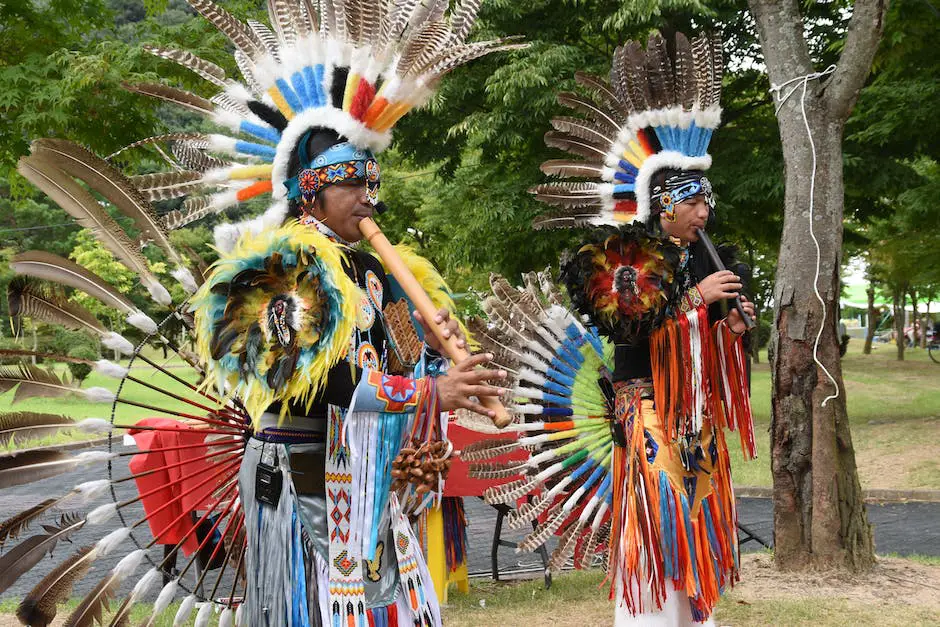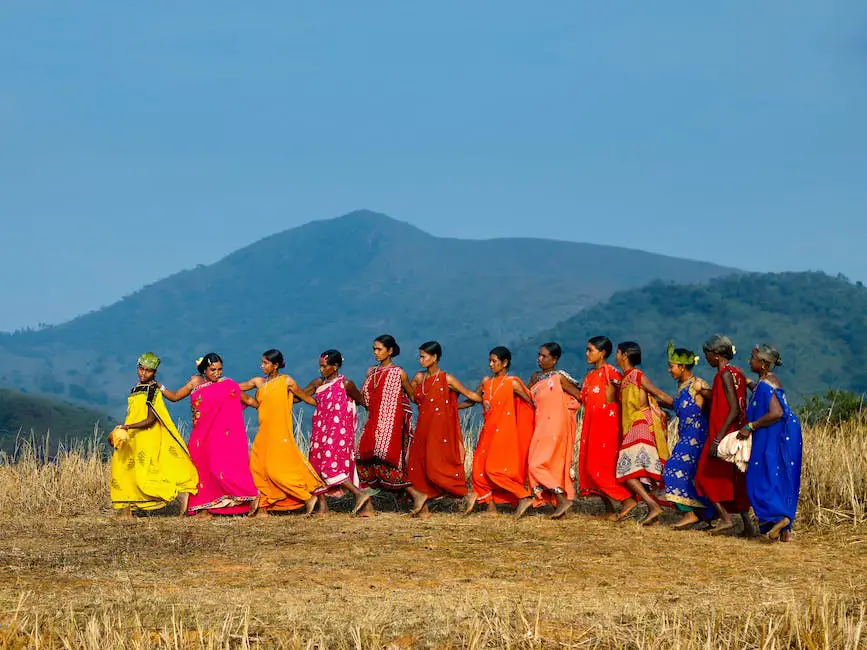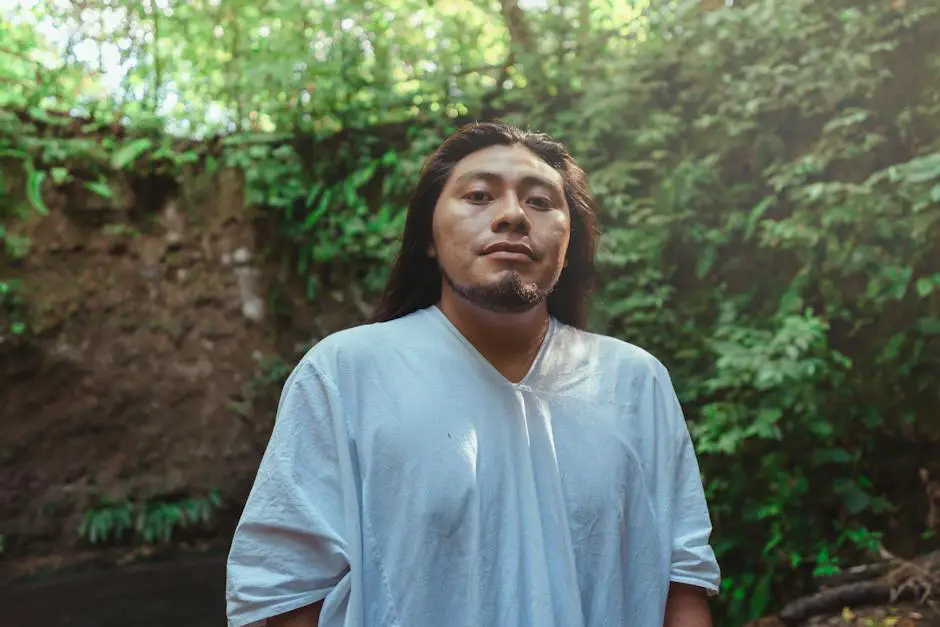The breathtaking island state of Tasmania lies south of mainland Australia, possessing a unique and complex history that extends over 42,500 years – beginning with the indigenous societies, through the dramatic transformations ushered in by European colonization, and finally emerging into the modern age. This exploration begins with a deep dive into the life and culture of the Tasmanian Aboriginal people – the first known human inhabitants, underscoring their intricate relationship with the natural environment long before Europe’s first glimpse of Tasmania in 1642. Following European discovery, we uncover the profound implications inflicted on the indigenous population and the landscape of this foreign land, marking an era of measured devastation and unexpected resilience.
Aboriginal Occupancy
The Crucial Role of Tasmanian Aboriginal Occupancy and Environmental Interaction
As one delves into the depths of environmental anthropology, it is impossible to ignore the invaluable role that indigenous cultures, such as the Tasmanian Aboriginal people, play. Their occupancy and interaction with the environment hold profound significance, shedding light on vital aspects of sustainability, cultural heritage, biodiversity, and ecological management, that persist to this day.
These Aboriginal communities have inhabited Tasmania – a land encapsulated by time and geography – for over 40,000 years. Their deep-seated relationship with the environment, as often is with indigenous cultures, does not consist of mere livelihood sustenance. It extends to a sophisticated and nuanced understanding of their surroundings that is interlaced with rich cultural practices, rigorous land management, and sustainable resource utilization.
Complex fire-management practices, known as fire-stick farming, exemplify this interaction with the environment. They systematically utilized fire to shape and nurture the landscape, thereby encouraging biodiversity, enhancing the availability of food resources, shaping travel paths and driving game towards hunting areas.
Moreover, tasmanian aboriginals exhibited an intimate understanding of their marine environment. Evidence from shell midden sites scattered across the coastal expanse of Tasmania indicates systematic oyster harvesting, suggesting their keen knowledge of tidal systems, shellfish habitats, and seasonal patterns. This also underscores their sustainable practices, as these communities exploited resources without degrading or exhausting them; a harmonious balance that modern societies constantly strive to emulate.
In sharp contrast with the narrative of ‘hunter-gatherer’, these practices posit the Tasmanian Aboriginals as proto-agriculturists or aquaculturalists. It also redefines the stereotyped ‘primitive’ cultures and paints a picture of industrious communities living in calculated harmony with nature.
Their revered status as ecological stewards serves a significant purpose in the current discourse of climate change and biodiversity loss. Lessons gleaned from Tasmanian Aboriginals could guide us towards a more sustainable future, one that promotes cohabitation with nature and not domination over it.
The Tasmanian Aboriginal culture presents a cultural heritage that intertwines environmental appreciation, respect, sustainability, and survival. It is an open-source wealth of knowledge that can significantly contribute to modern science, anthropogenic climate change discussions, and the ongoing quest for sustainability.
In conclusion, the significance of Tasmanian Aboriginal occupancy and their interaction with the environment lies not only in anthropological studies but extends to climate science, environmental psychology, and sustainable futures. By studying and respecting their practices, modern societies can learn to create a balanced relationship with the environment that promotes biodiversity, ecological balance, and harmonious survival.

European Discovery and Colonization
While the Indigenous peoples of Tasmania did indeed cultivate a deep and intuitive understanding of their environment, the advent of European exploration and subsequent colonization brought an entirely different lens to Tasmania’s evolution. In 1642, Abel Tasman, the Dutch explorer, became the first European to make contact with Tasmania, then known as Van Diemen’s Land. However, the tentative integrations and enthusiastic exertions of the Europeans didn’t manifest until the British colonists arrived in 1803.
Colonization by the British introduced a myriad of challenges alongside the intended opportunities for economic and strategic benefit. The interactions between British colonists and Tasmania’s Aboriginal populations ushered in a period of stark cultural, social, and environmental transformation. The heretofore sustainable relationship between man and nature, carefully maintained by the island’s indigenous population, was dramatically altered.
Influxes of settlers, encouraged by the prospects of fertile land and advantageous trade, delighted in the natural bounties of Tasmania. Yet, these explorations were not benign observations of untouched nature but rather sought to exploit the land for its perceived benefits. These new inhabitants brought heavily impactful agricultural practices, quickly reshaping the previously sustainable landscape. As their needs expanded, forests were cleared for farmland, triggering soil degradation and a dramatic reduction in biodiversity.
The indigenous population, culturally and physically attached to the land, weathered the relentless storm of disease and conflict catalyzed by colonization. The demographic shift instigated by these circumstances was immeasurable, with indigenous populations being not only decimated, but culturally diluted and displaced. The inequality installed by British law subjugated Tasmanian Aboriginals to a level of social marginalization, the repercussions of which are still palpable.
Furthermore, the cultural and intellectual capital of Tasmania’s indigenous people was ignored in favor of Eurocentric norms and philosophies, leading to an inadvertent attrition of invaluable indigenous knowledge. The sharing and learning of tribal lore and traditions slowed drastically – an immeasurable loss to Tasmania’s cultural heritage.
On the flip side, Tasmania’s approach to education, legislation, and societal structure was greatly influenced by British standards. The English language, for instance, became overwhelmingly dominant, shaping Tasmania’s communication landscape. Tasmania’s contemporary political structure is also a vestige of British colonial rule, providing the framework for modern democracy on the island.
Indeed, the British colonists’ perception of the environment, their culture, and their methods of utilization transformed Tasmania’s history. It introduced an entirely new chapter, rife with contestation and confluence, casting a long, pervasive shadow on Tasmania’s socio-cultural and environmental tapestry. However, the bittersweet residue of such a tumultuous past has also catalyzed dialogues on reconciliation and a reinvigorated respect for indigenous knowledge, acting as a cornerstone for Tasmania’s journey into the future.

Industrialization and Modernization
Continuing on journey, the consequences and outcomes of Industrialization and Modernization cannot be overlooked. In alignment with global trends, Tasmania underwent radical changes during the nineteenth century. The advent of new machinery, transportation systems, and modern societal ideologies inundated Tasmania, echoing the European Industrial Revolution. This resulted in considerable advancements in technological development and laid a foundation for a new economic system.
Foremost among the changes was Tasmania’s transition from an economy reliant on hunting and gathering to a system propagated by industrial agriculture. Convict labour was deployed extensively in the construction of roads, bridges, and buildings, providing the necessary infrastructure for an industrial state. The industrialization phase promoted factories and production units, which significantly altered the island’s landscapes.
The discovery of substantial mineral deposits including copper, tin, and to a lesser extent, gold, provoked a mining boom in the late nineteenth and early twentieth centuries. The mineral wealth not only catapulted the state’s economy but also paved the way for new communities to settle in these mining regions.
The ripple effects of industrialization also triggered prominent transitions in social paradigms. As industrial processes became more dominant, a shift in the landscape of occupations was palpable. Jobs were increasingly centered around factories, mills, and mines, which led to urbanization. Cities burgeoned as new settlers arrived, attracted by the promise of employment in the burgeoning industrial sector.
Concurrently, modernization, spurred by innovations in scientific knowledge and technology, brought forth a new wave of societal transformation. Communication underwent a speedy revolution with the introduction of telegraph services, linking Tasmania to mainland Australia and the wider world. The establishment of libraries and schools, along with widespread literacy, constituted a stark departure from the oral tradition of Tasmanian Aboriginals, facilitating the emergence of a formally educated citizenry.
Modern governance styles found grounds in Tasmania as the state developed its legislature, judiciary systems, and introduced democratic processes. Signifiers of modernity, such as public works, healthcare, and policing services became more prevalent. These developments, albeit disruptive to the native Tasmanian culture, molded a Tasmania reflective of the Western-style modernized society.
This transition was not devoid of controversy. Although industrialization and modernization brought newfound prosperity, they also engendered extensive deforestation, species extinction, and ecological imbalance. Tasmania’s unique biodiversity suffered under increased human pressure and land exploitation for agriculture, mining, and infrastructure.
Moreover, this period was rife with social conflict. The abrupt displacement of the Tasmanian Aboriginals, compounded by social marginalization and cultural dislocation, underscored the stark inequality brought about by the colonizing forces. Evidently, the wealth and benefits of the industrial revolution were inequitably distributed, with the native Aboriginal people bearing much of the socio-environmental cost.
The story of Tasmania and its journey through industrialization and modernization is thus a tale of progress and loss, of growth and conflict. Yet it stands as an example of resilience and adaptation, providing an intricate mosaic of how human societies can transition and evolve under diverse forces. The experiences and lessons drawn from Tasmania’s past will undoubtedly continue to shape its future trajectory.

As Tasmania encountered the global wave of industrialization and modernization in the late 19th and 20th centuries, it was compelled to adapt yet again. The landscape, peppered with penal colonies and battle scars, slowly morphed and arose in the realms of industrial progress, redefining its course as it went along. Landmarks like the Hydro development and the Mining boon leave a testament to this evolution. Throughout its history, despite the setbacks and struggles, Tasmania has consistently re-shaped its identity, metamorphosing from a penal colony to an industrious state, and then to an environmentally conscious society. This historical journey fosters a profound understanding of Tasmania’s evolution, indispensable in appreciating the diversity and richness of this formidable island state.






